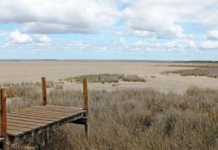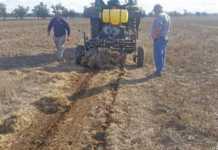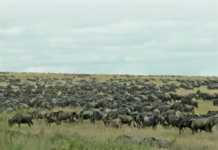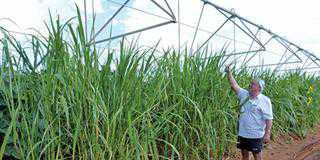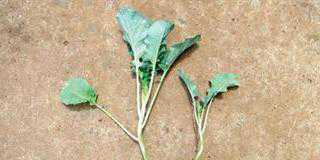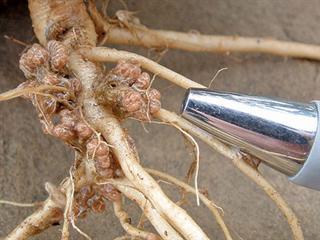
The success of dual-cropping maize and winter legume forage is dependent on how effective the legume component is in binding free atmospheric nitrogen and converting it to ammonia nitrogen. Put another way, the benefits of dual cropping are subject to how well Rhizobium bacteria form a symbiotic relationship with the legumes. If nodulation fails, the system fails.
What am I talking about? Look at it this way: the air we breathe contains about seven times more nitrogen than oxygen. Without nitrogen, there would be no plant growth.
A legume extracts nitrogen from the air by hosting Rhizobium bacteria, which build nitrogen-binding ‘factories’ (nodules) on its roots. The plant supplies these nodules with the energy they need. It’s a win-win situation: the bacteria get fed and the plant gets nitrogen. Some legumes can produce enough nitrogen for all their nitrogen requirements. However, the amount of nitrogen produced by the nodule varies. Generally, the more Rhizobium bacteria there are, the greater the nitrogen output. However, there are weak strains of Rhizobium that are largely unproductive.
Before planting
An annual legume that is well-nodulated with an effective strain of Rhizobium is productive as well as drought-tolerant – much more so than any annual winter cereal forage. Conversely, an annual winter legume that fails to develop an association with nitrogen-binding bacteria will produce only a fraction of the forage of a well-nodulated plant. This brings us to the concept of ‘biological inoculation’. Legume seed should be inoculated with Rhizobium. Each legume requires a specific strain and inoculum suppliers provide guidelines on how to use it.
Precautions
What causes nodulation failure? There are numerous possibilities, but the two most important are: Failure to realise that inoculum is a living substance with a limited shelf-life. Inoculum can be destroyed by extreme temperatures, so it is not a good idea to leave it in the sun in the back of the bakkie or store it in the deep freeze instead of the fridge.
Planting in soils that get hot and dry out a few days after planting. Sandy soils can be disastrous for legumes with small seeds that are planted no deeper than 10mm. A good example is Serradella. Even if planted directly after rain, nodulation depends on follow-up showers within seven days.I’ve seen some awful failures. One farmer planted 150ha to Serradella – and produced less than 1t of forage on the entire land.
Success and failure
I persuaded a farmer in the Harrismith region to plant a small area to Serradella on a sandy soil. (Serradella can grow well on sandy soils if the right precautions are taken.) The first year was a total failure. There was no nodulation and no growth.
My client very much doubted that the poor growth was simply a matter of the failure of plants to nodulate. But while I was walking in the trial areas, my shoes became full of sand, so I took them off and walked around barefoot. I soon had to put them back on, though: the soles of my feet were burnt red by the hot sand. No wonder no nodules formed.
I managed to persuade my client to apply nitrogen, which resulted in satisfactory growth. The following year he didn’t inoculate the seed, but sprayed the inoculum onto the land during a light rain. Miraculously, it worked! More importantly, he never had the problem again: the Rhizobia remained in the soil at a depth which does not overheat and does not dry out as readily as the topsoil.
John Fair is a pasture consultant. He heads up Fair’s Biofarm Assist, and can be contacted on 058 622 3585 or [email protected].

